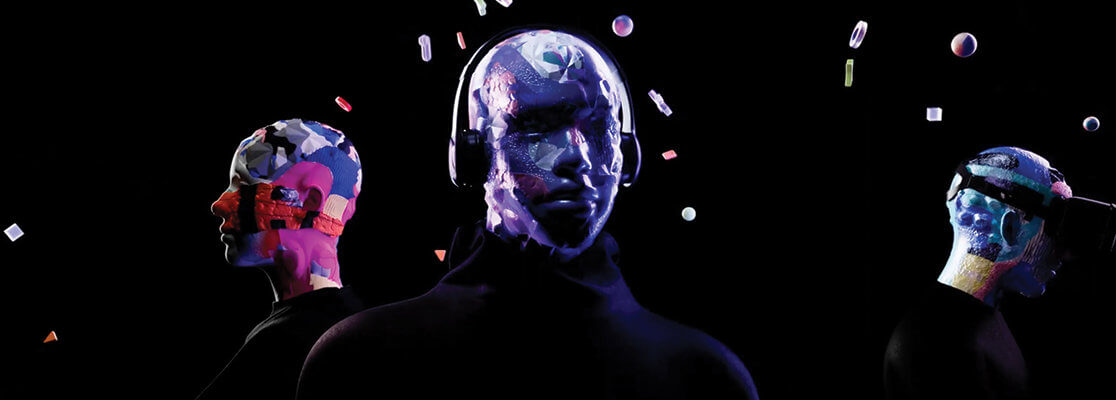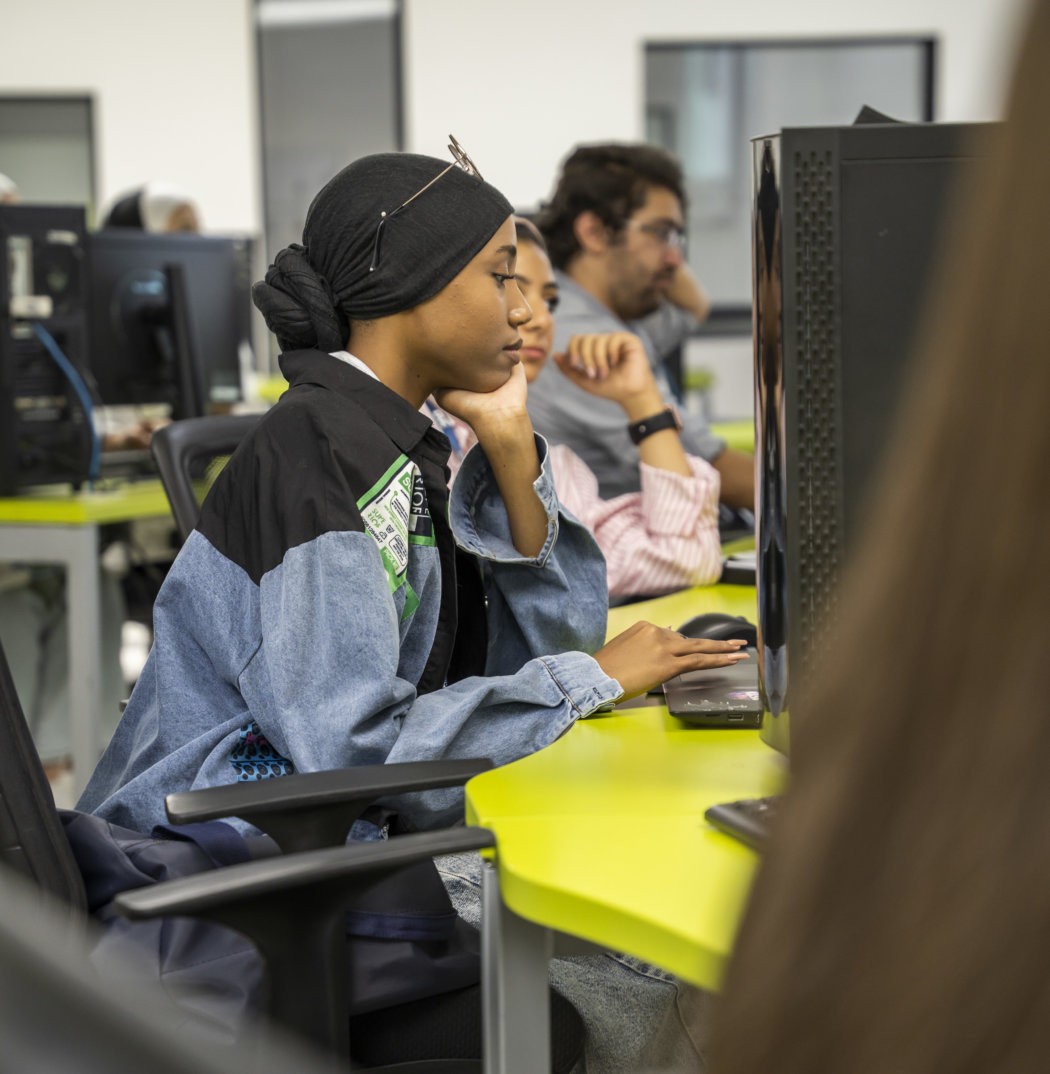Associate Diploma in Digital Media Design
THE PATH TO YOUR DREAM DESIGN JOB IS LAID OUT RIGHT HERE
Complete your accredited associate degree in 2 years with a total of 6 trimesters.
Complete your accredited associate degree in 2 years with a total of 6 trimesters.
22 October 2023
3 March 2024
22 October 2023
3 March 2024
YOUR CAREER IN DESIGN BEGINS NOW

Design & Visual Communication Skills
Course Structure

BACHELOR OF DESIGN CAREER OUTCOMES
What jobs will this course lead me into?
- Graphic designer
- Content manager
- Print and digital designer
- Social media designer
- Journalist & media coverer
- Video editor
- Motion/infographics designer
- Creative director
- Production manager
- Branding and identity designer
- Art director
Course FAQs
All SAE courses focus on practical, hands-on delivery. The amount of practical time you experience during your study varies depending on your course. You will always have an opportunity to access campus resources and facilities outside of class times; during campus opening hours.
It’s a study requirement that students have their laptops (for after-school study). The laptop specifications and features can be sent to your email when requested.
It can vary depending on the course. In most cases, lectures have an average of 15 students.


















